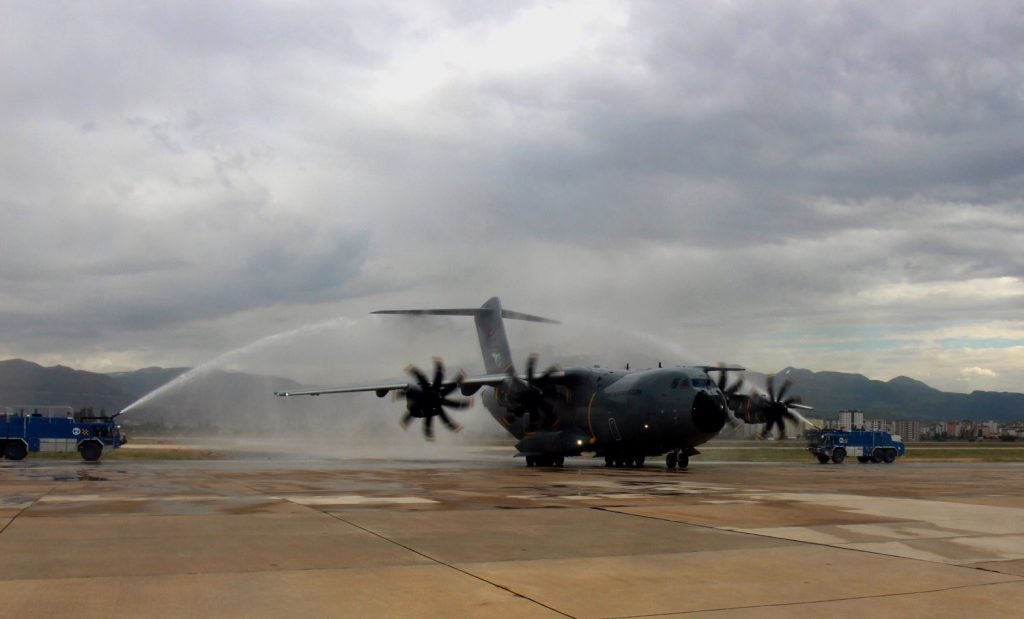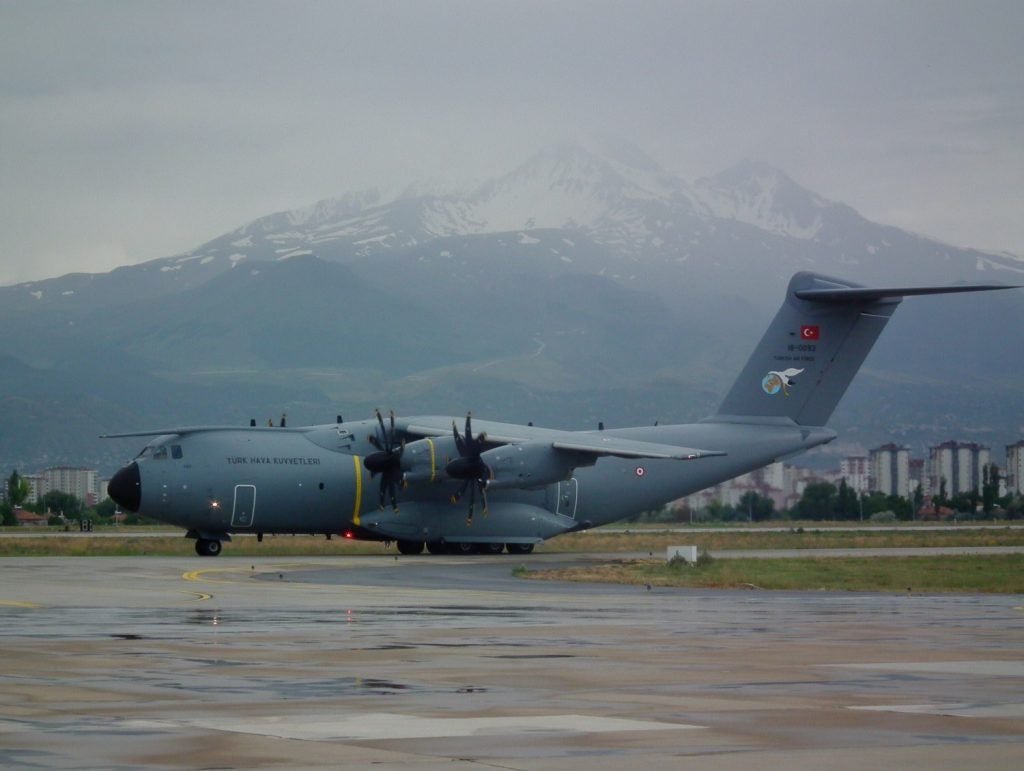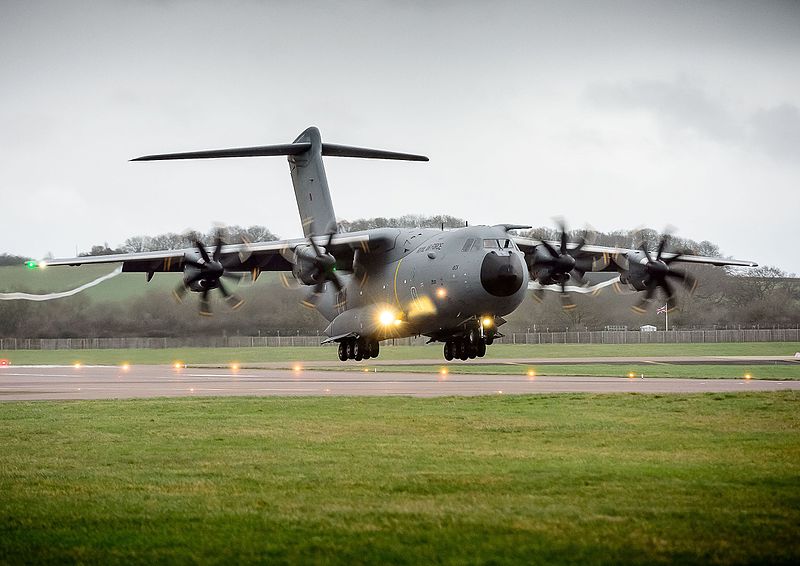Turkey’s A400M Fleet is Now Complete
The Turkish Air Force completed its fleet with the delivery of its tenth A400M military transport aircraft, which was part of a larger order for ten A400Ms. “Our 10th and last aircraft produced for the Air Force Command within the scope of the TSK’s A400M Project, in which we are partners in the design and production for tactical transport missions, has also entered the inventory,” said President of Presidency Defense Industry İsmail Demir on social media, announcing the development.
The last aircraft produced for Turkey was brought to Turkey by an Air Force flight crew after completion of the aircraft acceptance test activities carried out at the Airbus facilities in Sevilla, Spain, as part of the A400M Project, in which the Turkish Air Force Command became a partner to meet the need for tactical transportation missions. The aircraft has been assigned to the 12th Air Transport Main Base Command in Erkilet, Kayseri. As a result, Turkey became the consortium’s first country to complete the ‘A400M Fleet.’

Germany, France, Spain, England, Belgium, and Luxembourg, in addition to Turkey, took part in the A400M Project to meet the needs of their respective air forces. The European Organisation for Joint Armament Cooperation (OCCAR) has been given the authority to make decisions and manage administrative and financial matters on behalf of the participating nations in order to carry out procurement activities within the scope of the project.
The contract, signed on May 27, 2003, between OCCAR and Airbus Defense and Space, covers the supply of 170 aircraft, 53 to Germany, 50 to France, 27 to Spain, 10 to Turkey, 22 to England, and 8 to Belgium and Luxembourg. So far, 103 aircraft have been delivered under the terms of the contract, with the supply schedule extending until 2024.

Apart from Airbus Defense and Space, BAE Systems (England), EADS (Germany, France, and Spain), Flabel (Belgium), and TAI (Turkey) are among the companies involved in the design and manufacture of the aircraft. TAI is currently in charge of the A400M program’s first-degree design and supply of the front-mid fuselage, tail cone, and rear fuselage upper panel, fins/speed brakes, paratrooper and emergency exit doors, final assembly line support, and all body wiring, lighting, and water/waste systems.
TAI also added a new capability in the structural field to its A400M program structure last year. TAI, by integrating structural parts of the “Directed Infrared Countermeasure” (DIRCM) system, which was applied for the first time in recent days to the MSN 105 tail numbered aircraft of the A400M, can detect incoming missiles via a missile warning unit and can neutralize missiles directed at the A400M aircraft, even from hand-held air defense systems.

According to Airbus, the A400M can fly higher, faster, and farther while preserving maneuverability. The A400M has a maximum take-off weight of 130 tons for tactical missions and 145 tons for logistics operations. The A400M’s useful load capacity is 30 tons in a tactical role and 37 tons in its logistics role.
The A400M will have a range of 3,295 kilometers with 37 tons of cargo, 4,535 kilometers with 30 tons of cargo, and 6,400 kilometers with 20 tons of cargo, with a maximum mission altitude of 11,300 meters (37,000 feet) for standard missions and 12,200 meters (40,000 feet) for special missions. The aircraft’s range during an empty flight is 8,700 kilometers. The aircraft’s operational range can be extended even more because to its air refueling capability. The aircraft, which can be utilized for tactical and logistics tasks, can be transformed into a tanker aircraft with an internal fuel carrying capacity of 50.5 tons that can refill aircraft and helicopters with refueling probes within 48 hours.

